With the continuous development of Web applications, the number of users of Web applications continues to expand. Web applications require recommendation systems to help users discover valuable information. Online recommendation is a very important application field. Redis is a high-performance memory-based key-value storage system suitable for implementing online recommendation systems. PHP is a commonly used Web programming language and a commonly used tool to implement online recommendation systems. This article will introduce how Redis implements online recommendations in PHP applications.
- Introduction to Redis
Redis is a memory-based key-value storage system that supports rich data structures and high-performance operations. Its application scenarios are very wide, including cache, message queue, counter and so on. Redis is popular for its high performance, flexibility and reliability, and is widely used in distributed systems, web applications, mobile applications and other fields.
- PHP and Redis
PHP is a programming language widely used in web programming. It is simple, easy to learn, and easy to use, and can quickly develop Web applications. Redis and PHP are two independent technologies, but they work well together to achieve efficient and reliable web applications.
There are two main ways to combine Redis and PHP: one is to use Redis as PHP's cache, and the other is to use Redis directly in PHP. Using Redis as a caching method can improve the response speed and concurrency performance of web applications and improve user experience. Using Redis as the data structure in PHP can implement more complex business requirements and algorithms with higher flexibility.
- Online recommendation
Online recommendation refers to recommending items, services or content of interest to users in real time based on their historical behavior and personal information. The online recommendation system continuously updates the user's preference model through online learning to achieve more accurate recommendations.
Online recommendation systems are mainly divided into two types: content-based recommendations and collaborative filtering-based recommendations. Content-based recommendation is to recommend similar items based on the attributes of the item and the user's historical behavior. Recommendation based on collaborative filtering is based on the interaction between users and items, recommending items that other users like that have similar interests to the user.
- Application of Redis in recommendations based on collaborative filtering
In recommendations based on collaborative filtering, Redis can be used to implement user preference models and item similarity models.
4.1 User preference model
The user preference model refers to the user's preference for different items. Redis can use the Hash data structure to store the user preference model, using the user ID as the Key and the item ID and rating as the Value. The rating can be a numerical value of liking, such as 1-5.
For example, assuming that user Bob's rating for the movie "The Wandering Earth" is 4 points and the rating for the movie "Avengers" is 5 points, then the following code can be used to store Bob's preference model:
$redis->hset('user:Bob', 'movie:流浪地球', 4);
$redis->hset('user:Bob', 'movie:复仇者联盟', 5);4.2 Item similarity model
The item similarity model refers to the similarity between items. Redis can use the Sorted Set data structure to store the item similarity model, using the item ID as the Key, the similarity as the Score, and the ID of similar items as the Value. When calculating item similarity, algorithms such as Pearson correlation coefficient can be used.
For example, assuming that the similarity between the movie "The Wandering Earth" and the movie "Space Rescue" is 0.8, and the similarity between the movie "Avengers" and the movie "Thor 3" is 0.6, then you can use the following code to store Item similarity model:
$redis->zadd('movie:流浪地球', 0.8, 'movie:太空救援');
$redis->zadd('movie:复仇者联盟', 0.6, 'movie:雷神3');- Implementing online recommendation in PHP application
Implementing an online recommendation system based on collaborative filtering in PHP application can be completed through the following steps:
5.1 Collect the user’s historical behavior
The online recommendation system needs to recommend items based on the user’s historical behavior. Web applications can obtain users' historical behaviors by collecting users' clicks, browsing, purchases, and other behaviors.
5.2 Storing user preference model
Web applications can store user preference models in memory through Redis, which not only improves access speed, but also reduces the load on the database.
5.3 Calculate the item similarity model
The item similarity model is calculated. Web applications can write PHP scripts to calculate similarities between items and store the results in Redis.
5.4 Calculate recommendation results
Web applications can write PHP scripts to calculate recommendation results from the user preference model and item similarity model. The recommended result can be a list of items or an ordered list of items, arranged from high to low according to the recommendation score.
- Summary
Redis is a high-performance, reliable in-memory key-value storage system, suitable for implementing online recommendation systems. Redis can be used to implement user preference models and item similarity models to achieve more accurate recommendations. PHP is a programming language widely used in Web programming and can be well combined with Redis to achieve more efficient and reliable Web applications.
The above is the detailed content of Online recommendation of Redis in PHP applications. For more information, please follow other related articles on the PHP Chinese website!
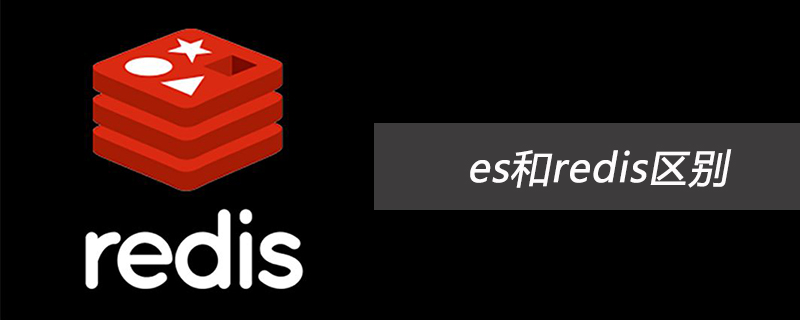 es和redis区别Jul 06, 2019 pm 01:45 PM
es和redis区别Jul 06, 2019 pm 01:45 PMRedis是现在最热门的key-value数据库,Redis的最大特点是key-value存储所带来的简单和高性能;相较于MongoDB和Redis,晚一年发布的ES可能知名度要低一些,ES的特点是搜索,ES是围绕搜索设计的。
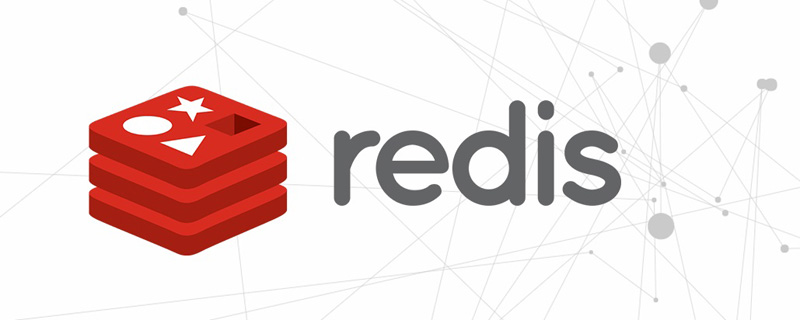 一起来聊聊Redis有什么优势和特点May 16, 2022 pm 06:04 PM
一起来聊聊Redis有什么优势和特点May 16, 2022 pm 06:04 PM本篇文章给大家带来了关于redis的相关知识,其中主要介绍了关于redis的一些优势和特点,Redis 是一个开源的使用ANSI C语言编写、遵守 BSD 协议、支持网络、可基于内存、分布式存储数据库,下面一起来看一下,希望对大家有帮助。
 实例详解Redis Cluster集群收缩主从节点Apr 21, 2022 pm 06:23 PM
实例详解Redis Cluster集群收缩主从节点Apr 21, 2022 pm 06:23 PM本篇文章给大家带来了关于redis的相关知识,其中主要介绍了Redis Cluster集群收缩主从节点的相关问题,包括了Cluster集群收缩概念、将6390主节点从集群中收缩、验证数据迁移过程是否导致数据异常等,希望对大家有帮助。
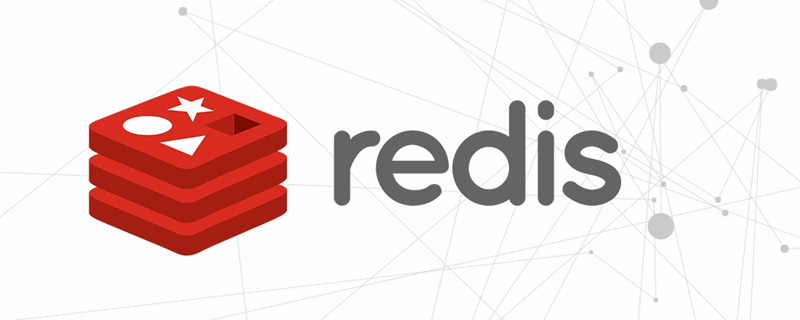 Redis实现排行榜及相同积分按时间排序功能的实现Aug 22, 2022 pm 05:51 PM
Redis实现排行榜及相同积分按时间排序功能的实现Aug 22, 2022 pm 05:51 PM本篇文章给大家带来了关于redis的相关知识,其中主要介绍了Redis实现排行榜及相同积分按时间排序,本文通过实例代码给大家介绍的非常详细,对大家的学习或工作具有一定的参考借鉴价值,希望对大家有帮助。
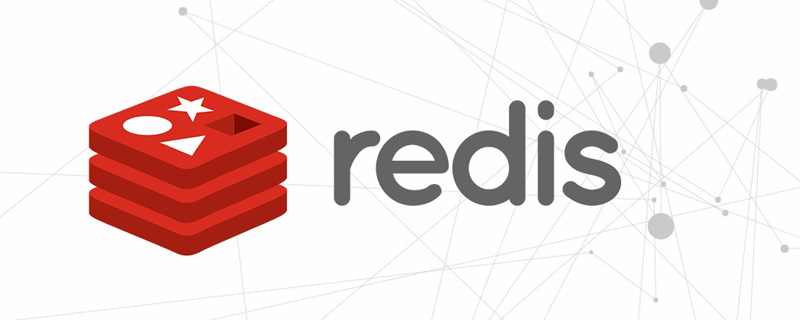 详细解析Redis中命令的原子性Jun 01, 2022 am 11:58 AM
详细解析Redis中命令的原子性Jun 01, 2022 am 11:58 AM本篇文章给大家带来了关于redis的相关知识,其中主要介绍了关于原子操作中命令原子性的相关问题,包括了处理并发的方案、编程模型、多IO线程以及单命令的相关内容,下面一起看一下,希望对大家有帮助。
 一文搞懂redis的bitmapApr 27, 2022 pm 07:48 PM
一文搞懂redis的bitmapApr 27, 2022 pm 07:48 PM本篇文章给大家带来了关于redis的相关知识,其中主要介绍了bitmap问题,Redis 为我们提供了位图这一数据结构,位图数据结构其实并不是一个全新的玩意,我们可以简单的认为就是个数组,只是里面的内容只能为0或1而已,希望对大家有帮助。
 实例详解Redis实现排行榜及相同积分按时间排序功能的实现Aug 26, 2022 pm 02:09 PM
实例详解Redis实现排行榜及相同积分按时间排序功能的实现Aug 26, 2022 pm 02:09 PM本篇文章给大家带来了关于redis的相关知识,其中主要介绍了Redis实现排行榜及相同积分按时间排序,本文通过实例代码给大家介绍的非常详细,下面一起来看一下,希望对大家有帮助。
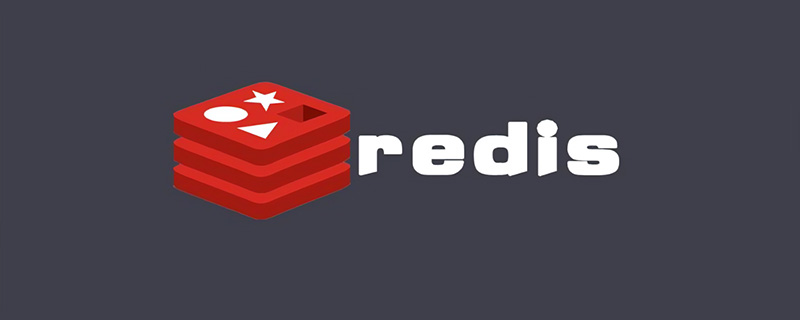 一起聊聊Redis实现秒杀的问题May 27, 2022 am 11:40 AM
一起聊聊Redis实现秒杀的问题May 27, 2022 am 11:40 AM本篇文章给大家带来了关于redis的相关知识,其中主要介绍了关于实现秒杀的相关内容,包括了秒杀逻辑、存在的链接超时、超卖和库存遗留的问题,下面一起来看一下,希望对大家有帮助。


Hot AI Tools

Undresser.AI Undress
AI-powered app for creating realistic nude photos

AI Clothes Remover
Online AI tool for removing clothes from photos.

Undress AI Tool
Undress images for free

Clothoff.io
AI clothes remover

AI Hentai Generator
Generate AI Hentai for free.

Hot Article

Hot Tools

SAP NetWeaver Server Adapter for Eclipse
Integrate Eclipse with SAP NetWeaver application server.

MinGW - Minimalist GNU for Windows
This project is in the process of being migrated to osdn.net/projects/mingw, you can continue to follow us there. MinGW: A native Windows port of the GNU Compiler Collection (GCC), freely distributable import libraries and header files for building native Windows applications; includes extensions to the MSVC runtime to support C99 functionality. All MinGW software can run on 64-bit Windows platforms.

VSCode Windows 64-bit Download
A free and powerful IDE editor launched by Microsoft

MantisBT
Mantis is an easy-to-deploy web-based defect tracking tool designed to aid in product defect tracking. It requires PHP, MySQL and a web server. Check out our demo and hosting services.

mPDF
mPDF is a PHP library that can generate PDF files from UTF-8 encoded HTML. The original author, Ian Back, wrote mPDF to output PDF files "on the fly" from his website and handle different languages. It is slower than original scripts like HTML2FPDF and produces larger files when using Unicode fonts, but supports CSS styles etc. and has a lot of enhancements. Supports almost all languages, including RTL (Arabic and Hebrew) and CJK (Chinese, Japanese and Korean). Supports nested block-level elements (such as P, DIV),






